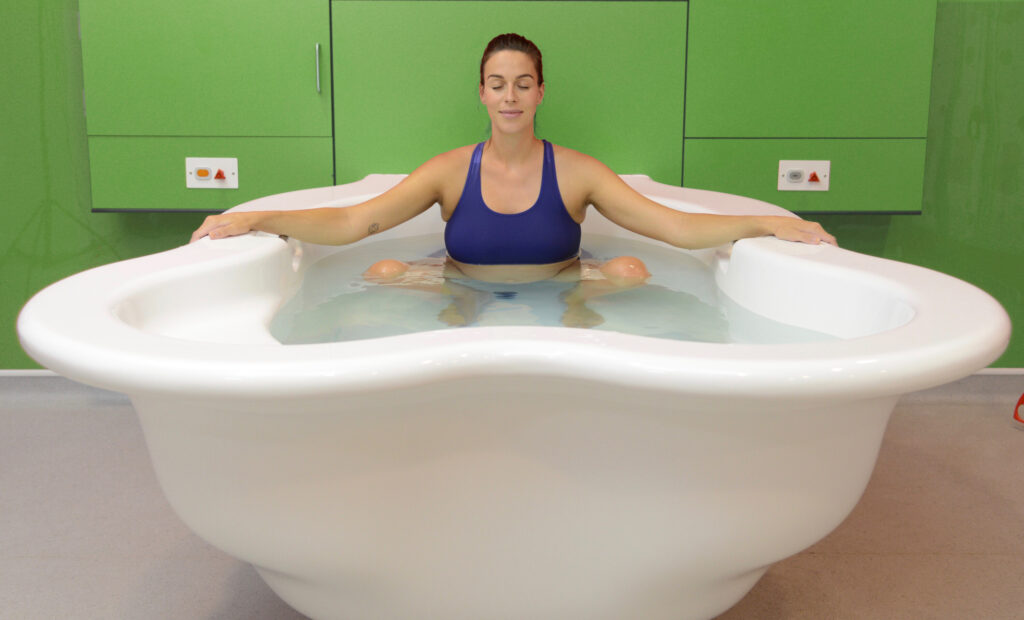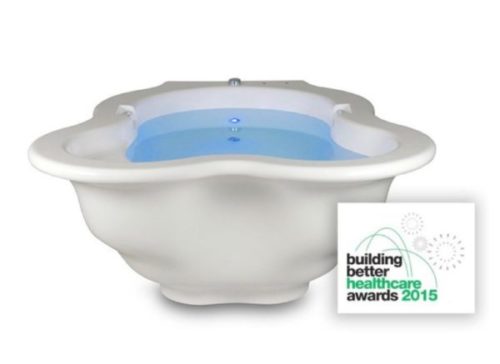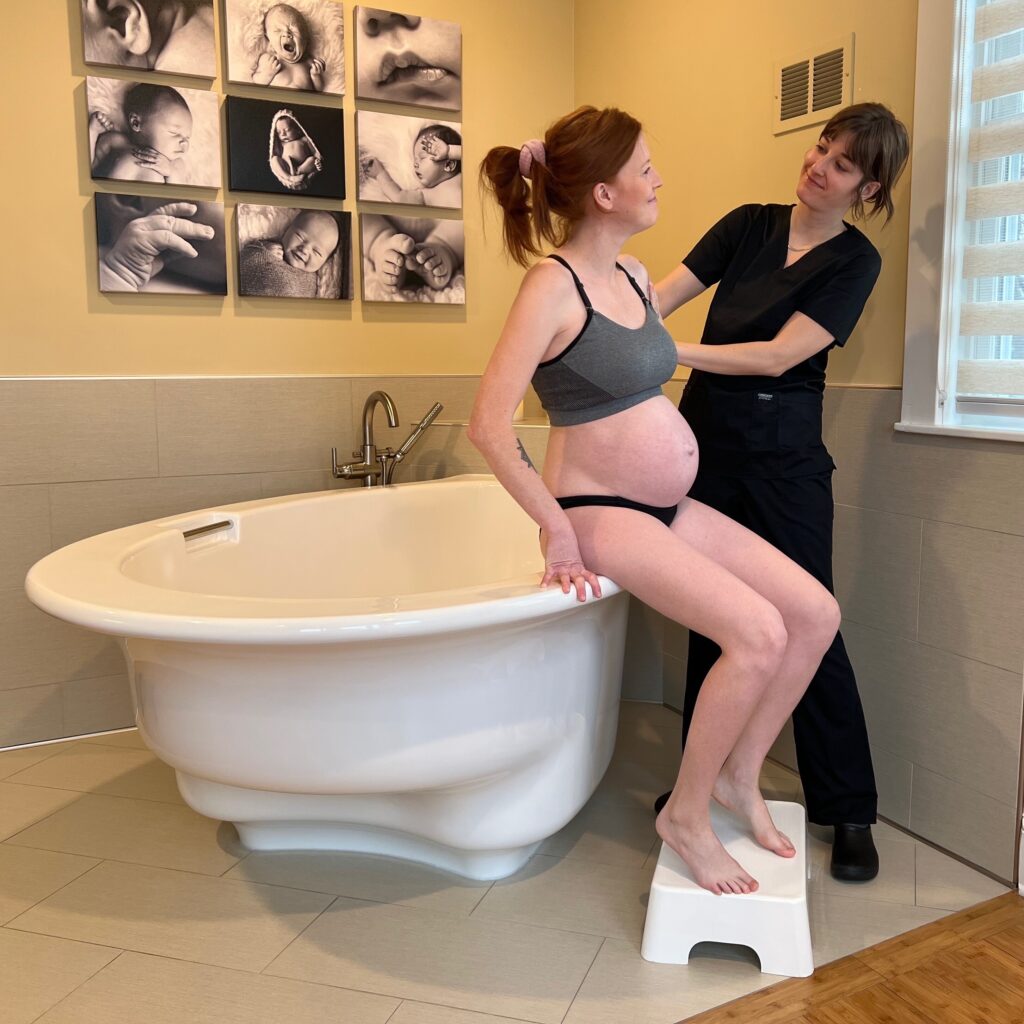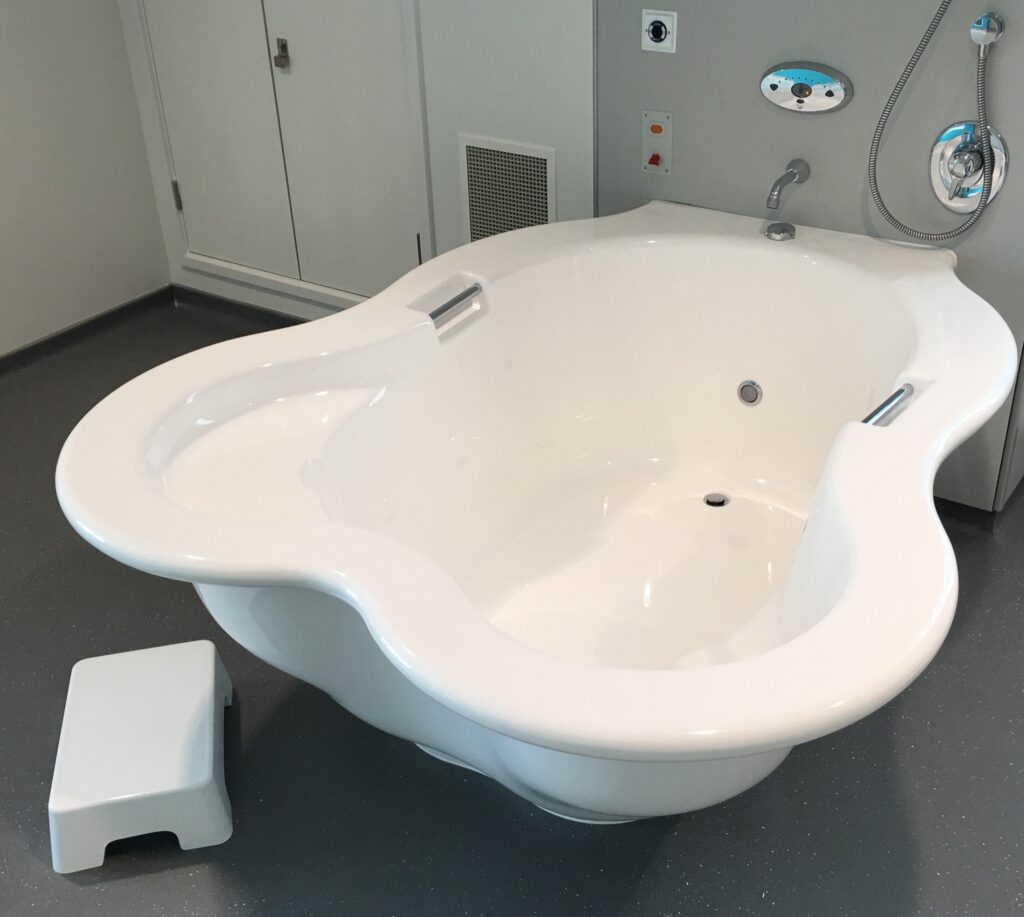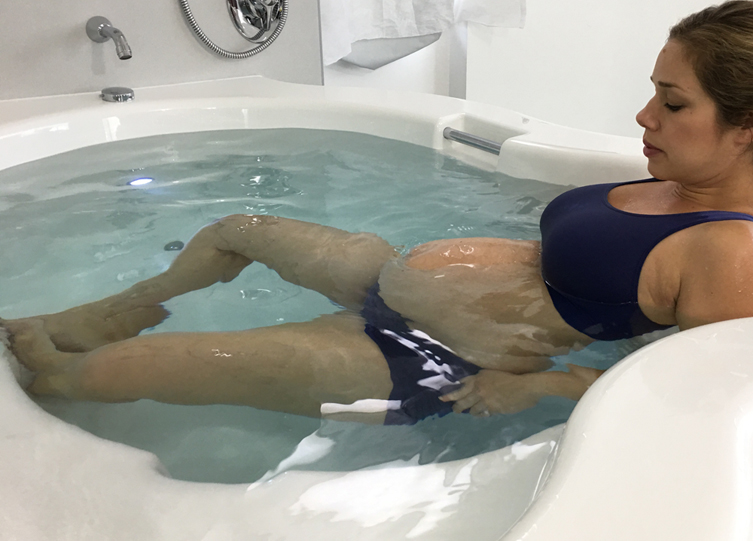Water births have undeniable benefits for expectant parents and new babies, according to a study published on Tuesday in BMJ Open.
The peer-reviewed study comes out of Oxford Brookes University in the United Kingdom, in conjunction with researchers at Emory University (Georgia, US) and the University of Nevada Las Vegas (Nevada, US).
The study
For the purposes of the study, any birth that involved using a birthing pool for relaxation and pain relief was considered a water birth, even if the infant’s entrance into the world did not physically occur in the water. This is to say, those who labored in a birthing pool and then gave birth outside the pool were also counted among the data.
The team examined dozens of studies that involved over 150,000 pregnant people altogether and encompassed a wide range of birth interventions and outcomes. These included induced labor, artificial breaking of water, epidural use, C-section, episiotomy, Apgar score and NICU admittance, among many other factors.
Researchers concluded that water birth is as safe as standard intrapartum care for healthy individuals. In fact, the study showed that laboring and giving birth in a birthing pool can reduce intrapartum pain and anxiety, and decrease the risk of perineal tearing and heavy bleeding after birth.
What are the possible risks?
There has been much back-and-forth in the US-UK medical community on the safety and efficacy of water birth.
A 2006 joint statement from the United Kingdom’s Royal College of Obstetricians and Gynaecologists (RCOG) and the Royal College of Midwives (RCM) came out decidedly in favor of water birth for healthy individuals with uncomplicated pregnancies. On the other side, a 2014 article (updated 2016) published by the American College of Obstetricians and Gynecologists (ACOG) indicated that water birth may present too-high risks for:
- infant aspiration (inhaling water);
- possible increased risk of infection (to either parent or child);
- umbilical cord avulsion (“snapping”).
Aspiration is a frightening prospect. Per the ACOG, some scientists claim that newborns usually do not inhale immediately upon exiting the womb. This could be from an innate protective “diving reflex,” or due to the fact that they must first swallow the fluids that are already in their mouth and nose before attempting to breathe.
While the July 2022 study did not go into detail on the risk of aspiration, it is only mentioned in the 2016 ACOG article as a potential issue in healthy newborns. There does not appear to be any consensus declaring that aspiration is a definite risk factor in water birth.
Infection is a broad concern that is not unique to water birth. Furthermore, it is critical to note that several recorded cases of major infection after water birth were caused by improperly prepared birthing pools with contaminated water. As is the case with any major medical event, it is critical that any and all tools must be either disposable or thoroughly cleaned before use. The RCOG/RCM statement echoed this sentiment.
Finally, the July study did state that there were more instances of umbilical cord breakages in water births than in standard care. Nevertheless, the rate was still low: 4.3/1000 births compared to 1.3/1000 births in standard care.
What is the right choice?
According to the study out of Oxford Brookes University, laboring and giving birth in a birthing pool is a decidedly low-risk, highly beneficial option for expectant parents.
The study concluded: “Water immersion provides benefits for the mother and newborn when used in the obstetric setting, making water immersion a low-tech intervention for improving quality and satisfaction with care.”

